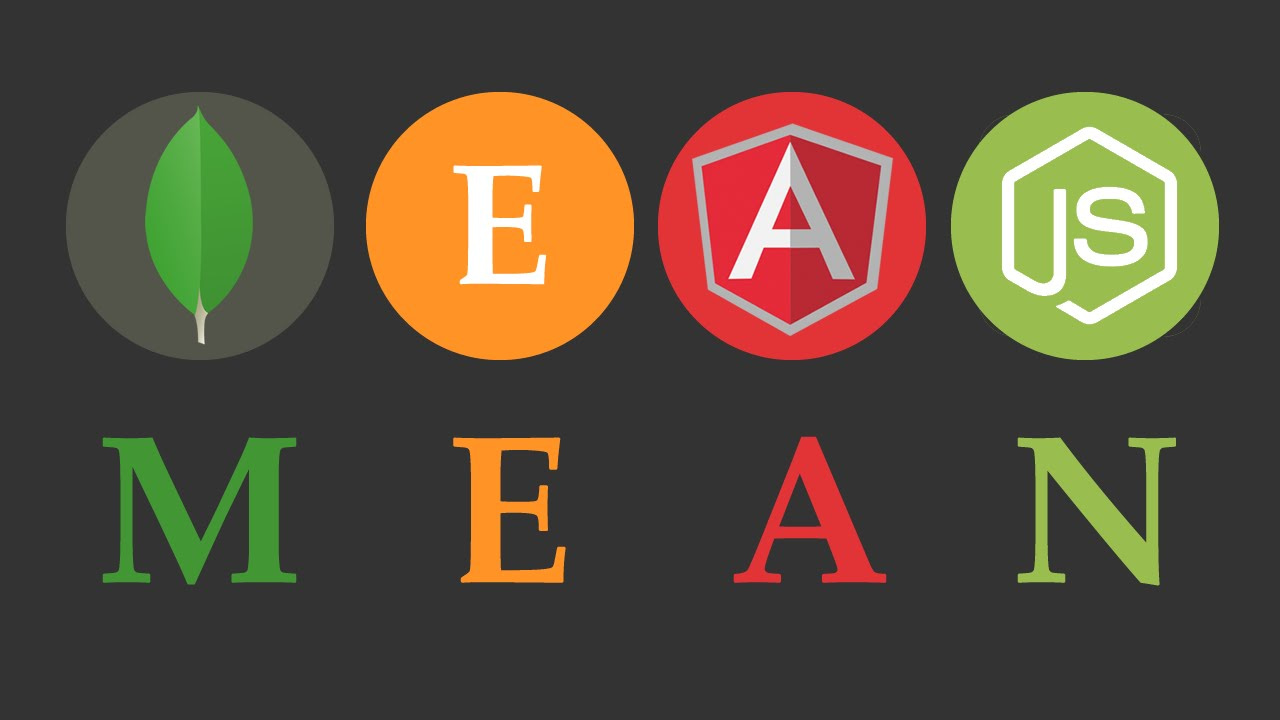
Blog Articles
Mastering Role-Based Access Control in Mean Stack
Table of Contents
In the ever-evolving realm of web development, safeguarding user data and system functionalities is a top priority. Role-Based Access Control (RBAC) stands as a formidable defense, providing a methodical framework to govern user permissions in MEAN stack applications. As a comprehensive security solution, RBAC not only strengthens defenses against unauthorized access but also fosters a meticulously controlled user environment. This blog post further explores the nuanced implementation of RBAC, empowering developers to navigate the complexities of user access management and elevate the security posture of their MEAN stack app. By embracing RBAC principles, developers can ensure a resilient and protected digital ecosystem, fortified against potential security vulnerabilities with MEAN development stack.
Understanding RBAC
RBAC is a security paradigm that associates permissions with roles, assigning these roles to users. This granular approach simplifies access management, making it scalable and adaptable to evolving application requirements. In a MEAN development stack context, RBAC is crucial for regulating user interactions with the backend API and frontend components.
Benefits of RBAC

Granular Access Control
RBAC allows for fine-grained control over user access by associating specific permissions with roles. This granularity ensures that users have precisely the level of access required for their responsibilities.

Scalability
As an application grows and evolves, RBAC scales effortlessly. New roles and permissions can be introduced without major overhauls, providing flexibility to adapt to changing organizational structures or application requirements.

Enhanced Security
RBAC enhances security by limiting users to the minimum set of permissions required for their roles. This principle of least privilege reduces the risk of unauthorized access and potential security breaches.

Ease of Onboarding and Offboarding
Managing user access during onboarding and offboarding becomes more efficient. Assigning the appropriate role to a new user simplifies the process, while revoking access for a departing user involves deactivating or reassigning roles.
Setting Up the Foundation
Begin by defining the roles and corresponding permissions essential for your application. Roles can range from basic user and admin roles to custom roles based on your application’s functionalities of mean.js in mean app. Map out the actions and access levels associated with each role, forming a comprehensive blueprint for access control.
Implementing RBAC in the Backend with MEAN stack (Express.js and Node.js):
Middleware for Authorization:
Develop middleware functions in Express.js to intercept requests and verify user roles and permissions before allowing access to specific routes.
Database Schema for Roles and Permissions:
Design and implement a MongoDB schema to store role and permission information. Utilize Mongoose, the MongoDB object modeling tool for Node.js, to define the schema and interact with the database.
Role Assignment during User Registration/Login:
Integrate mechanisms to assign default roles during user registration and authentication. Ensure that user roles are securely stored in the database.
Extending RBAC to the Frontend with MEAN Stack(Angular):
Role-Based UI Components:
Implement UI components based on user roles in mean.js and mean app. This ensures that users only see features and functionalities which is related to their assigned roles.
Securing Routes in Angular:
Leverage Angular route guards to control directions and access to specific routes based on user roles in mean.js. This enhances the frontend’s resilience against unauthorized access.
Conclusion:
Incorporating Role-Based Access Control into your MEAN development stack application establishes a robust foundation for security and access management. By strategically implementing RBAC in both the backend and frontend components, developers can ensure a fine-tuned and secure user experience, protecting sensitive data. As the digital landscape evolves, implementing RBAC becomes essential for building tough and secure MEAN stack applications.

Get a Fast Estimate on Your Software Development Project
We are committed to delivering high-quality IT solutions tailored to meet the unique needs of our clients. As part of our commitment to transparency and excellence, we provide detailed project estimations to help our clients understand the scope, timeline, and budget associated with their IT initiatives.
Related Post





